Slow Drift(s) CHPT1
Peggy Ahwesh
OPENING
Friday MAR.08 — from 19:00 to 23:00, during HOOGTIJ#76
ON VIEW
MAR.08—MAY.11.2024
EXTENDED UNTIL MAY.18.2024
Fri-Sat: 13:00 - 18:00
Mon-Thu by appointment
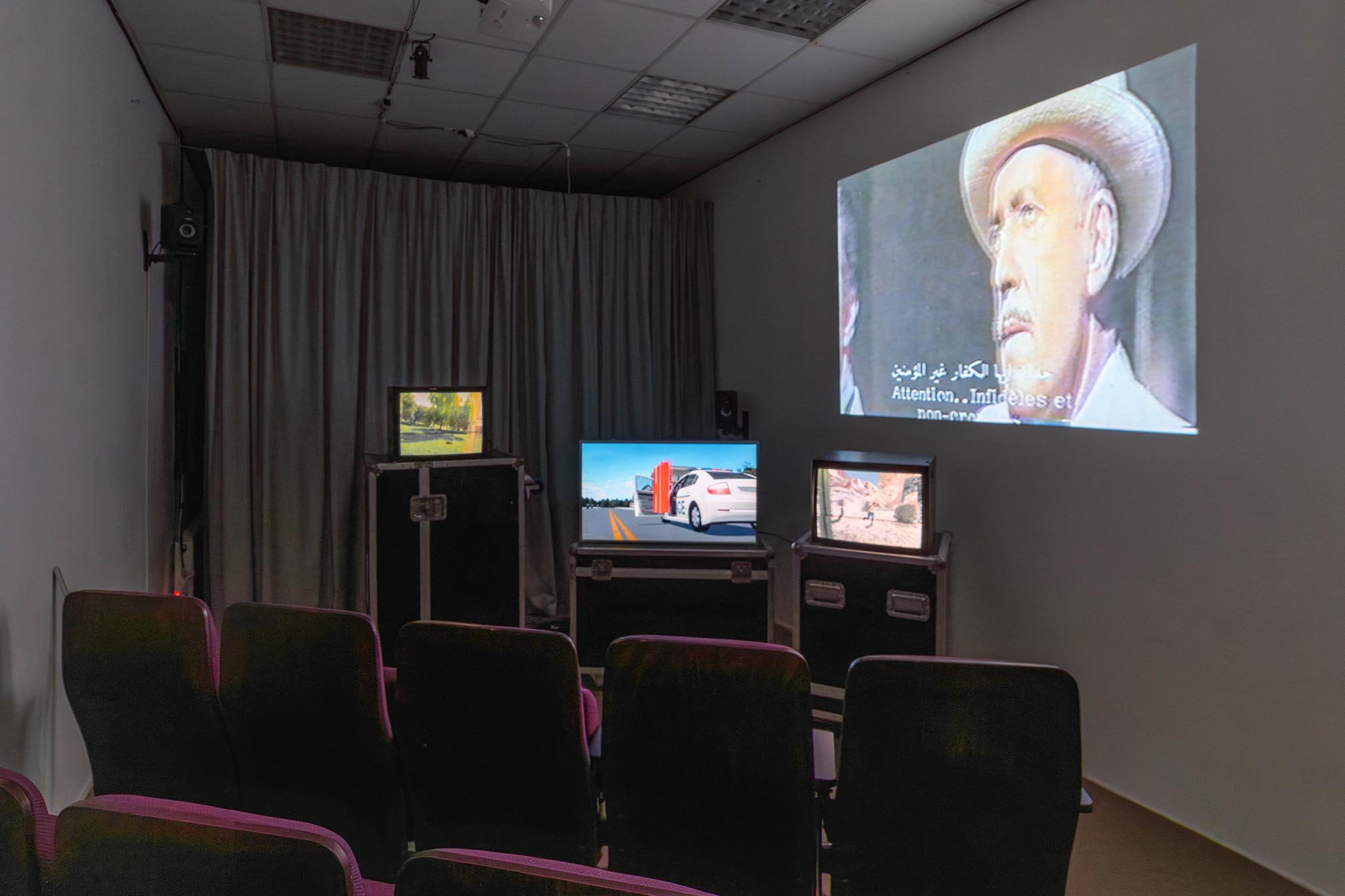

Slow Drift(s) Chapter 1: Peggy Ahwesh
MAR.08—MAY.18.2024
WITH WORKS BY Peggy Ahwesh
With screenings curated by Alcaeus Spyrou and collective wysiwyg
In our current visual landscape, the fruition of (moving) images proceeds at an ever-growing rate. What was once a prohibitively expensive high-end technology for film production now becomes increasingly cheaper and user-friendly, but at the same time constantly stands at the edge of obsolescence. Slow Drift(s) presents the work of video artists whose practice is rooted in a critical approach toward technologies of image production. From thermal cameras to surveillance systems, from YouTube vlogs to video games and military technologies, these artists look for flaws in a pixel-perfect system.
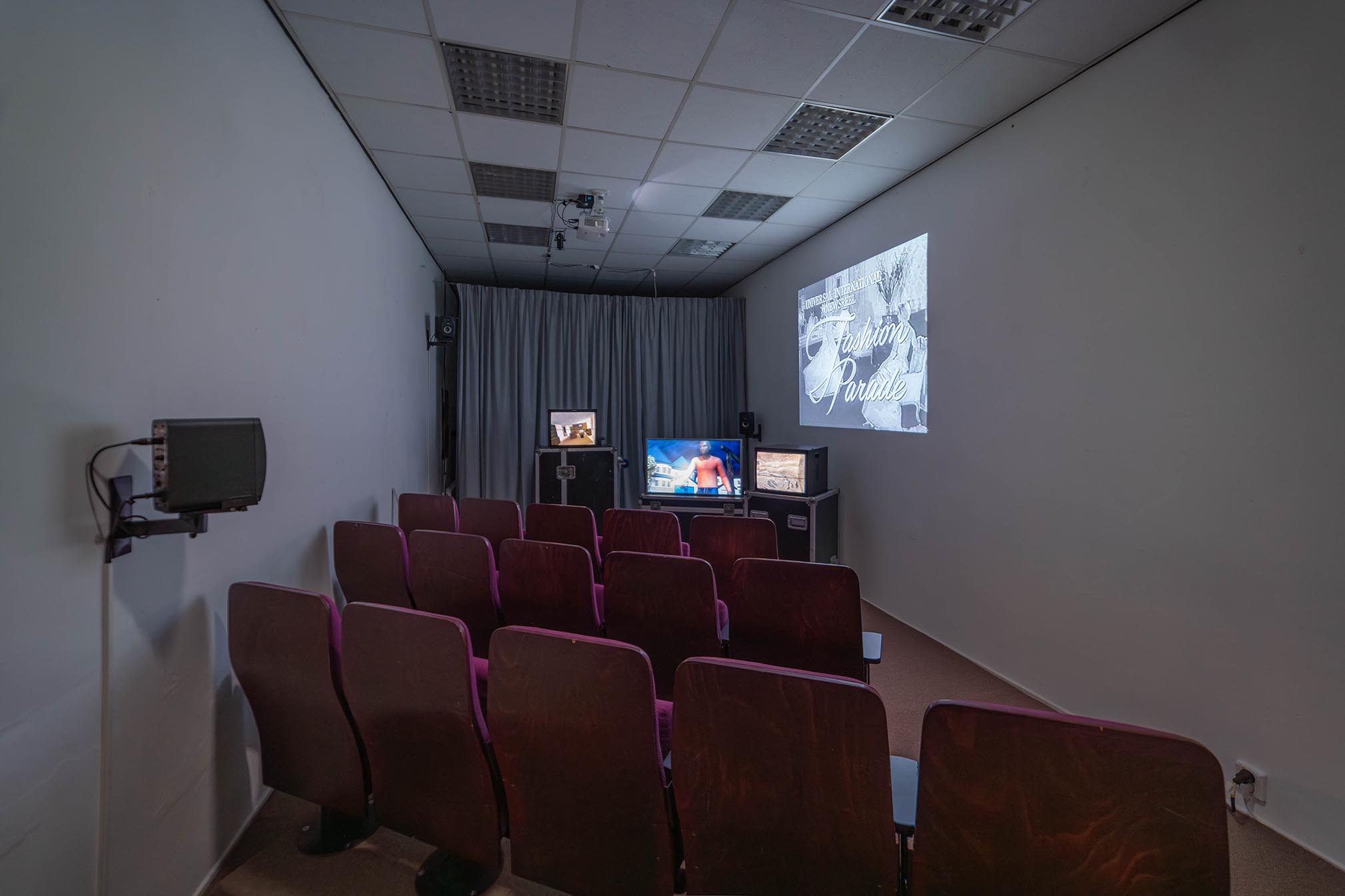
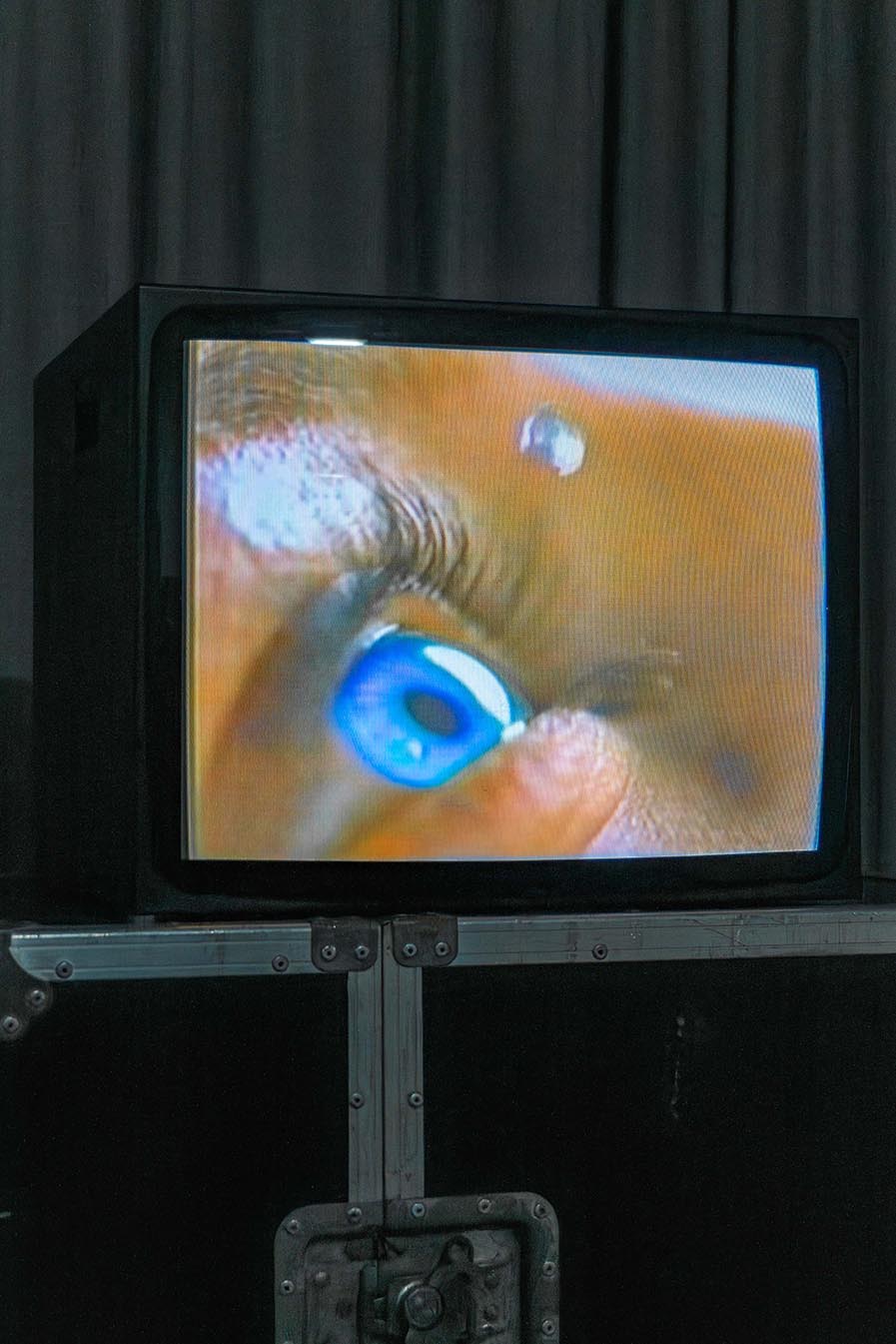
EXHIBITION
The first chapter presents the work of Peggy Ahwesh, whose rich practice encompasses a diversity of techniques and aesthetics. Often anarchic and always playful, she has worked with virtually every possible recording device: from a Super 8 camera to a 90’s video game, but also repurposed found decaying film strips and infomercials. The works in Slow Drift(s) highlight Ahwesh’s critical approach toward such devices of vision. Hijacking their original intended use, she invites us to consider alternative ways of relating to technology and to question its myth-making capacity. Ahwesh’s treatment of found footage also brings attention to the idea that image-making does not exist in a vacuum, but is rather embedded in a chain of cultural signification – how will the synthetic worlds we build today be interpreted tomorrow? How will they decay and be forgotten?
How to watch: although you see all four videos playing at once, the sound you hear corresponds only to one. Let the soundtrack guide your gaze.
Peggy Ahwesh (b. 1954. USA) is an artist whose extremely rich video art practice encompasses a diversity of techniques and aesthetics: from (early) video games to found footage, thermal cameras, 3D visualization of news, and toy cameras. Her playful yet critical approach towards such devices of “vision” and representation of the world offers an unexpected angle on our hyper-accelerated reality. Through Ahwesh’s feminist perspective, the selected works touch upon topics such as identity and mortality in the technocratic landscape, gleeful disruptions of high and low, the bombardment of fragmentary information by mass media, and the consequent slow drain of our subjectivity. Reality fades towards abstraction, an abstraction strictly defined by the binary logic of 0s and 1s, a binarism whose legitimacy Ahwesh wishes to challenge.
PUBLIC PROGRAM
Saturday 09.03.2024 13:00–14:00
The Balcony hosts a talk by scholar, critic and curator Erika Balsom, who will discuss the works on view. Researching cinema, art, and their intersection, she has published extensively on Ahwesh’s work and on questions of technological change and feminist worldmaking. In 2021, she co-curated Peggy Ahwesh: Vision Machines at Spike Island, UK. She is a Reader in Film Studies at King’s College London and holds a PhD in Modern Culture and Media from Brown University.
SCREENINGS
Expanding the defined boundaries of the exhibition as a single event, we have invited film collective wysiwyg (what you see is what you get) and filmmaker Alcaeus Spyrou to develop a screening program responding to Ahwesh’s selected works.
Friday 29.03.2024 18:0
Wysiwyg’s proposal responds to Ahwesh's eclectic filmmaking approach. In this program, each of the four makers either poetically or playfully blurs the boundaries between virtual and physical space, as the viewer becomes a flâneur through found footage, geological/historical representation, and video-game/pop-culture aesthetics. The selection includes Vladimir Vidanovski’s A CAUTIONARY TALE (2022), Raquel Vermunt’s Face Home View (2022), Leonhard Muellner’s Operation Janewalk (2016), and Maryam Tafakory’s Nazarbazi (2022).
Friday 03.05.2024 18:00
Alcaeus Spyrou’s proposal responds to Ahwesh’s formal deployment of video games, especially because of way in which these may allow the audience to actively participate in the construction of meaning and narrative development. The works in this program trace the often invisible forces shaping the world, including military and commercial organizations, as well as the technology that sustains their functioning. Alcaeus selection includes Theo Triantafyllidis’ Ork Haus (2022), Total Refusal’s Hardly Working (2022), and Suzanne Treister’s HFT The Gardener (2015).
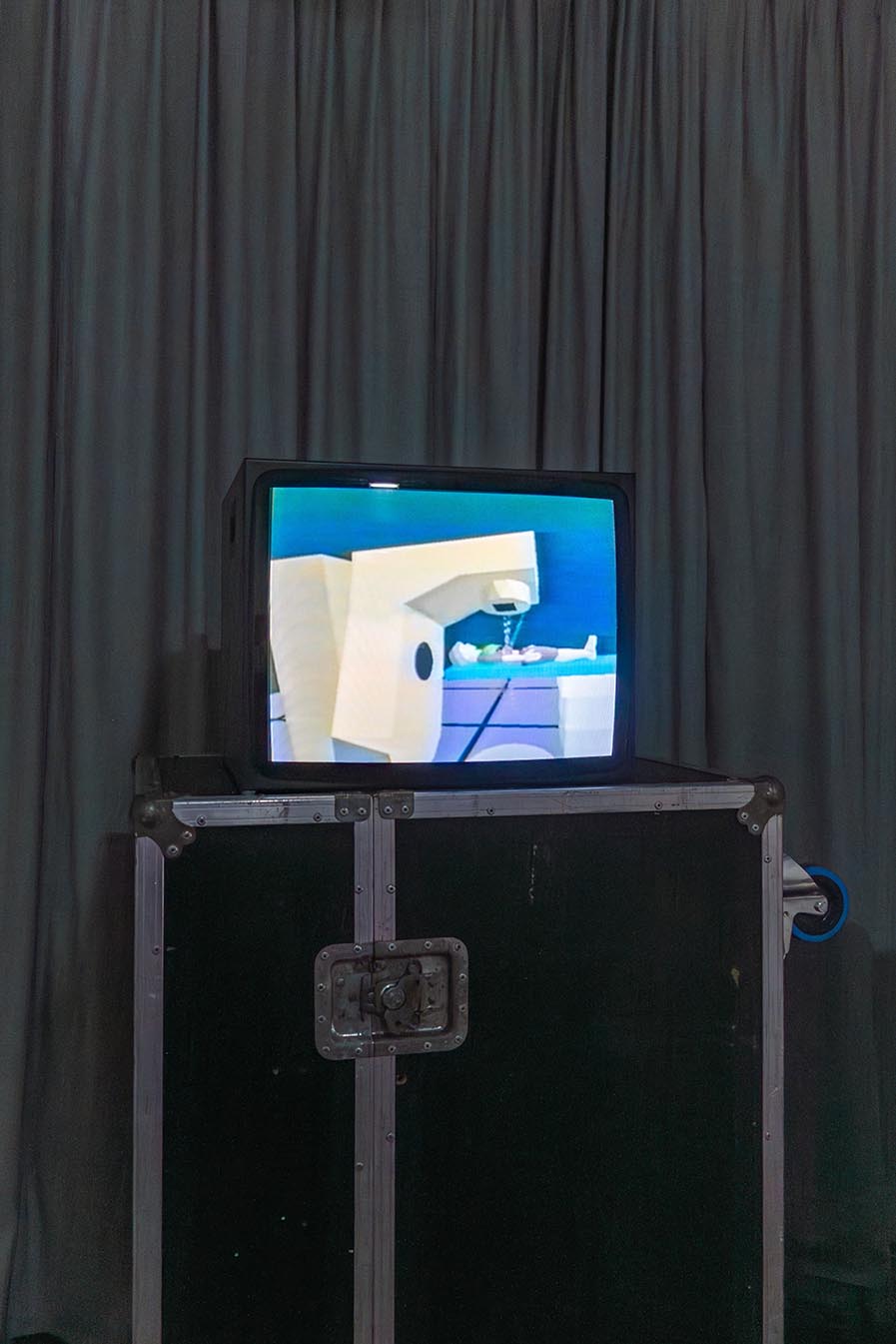

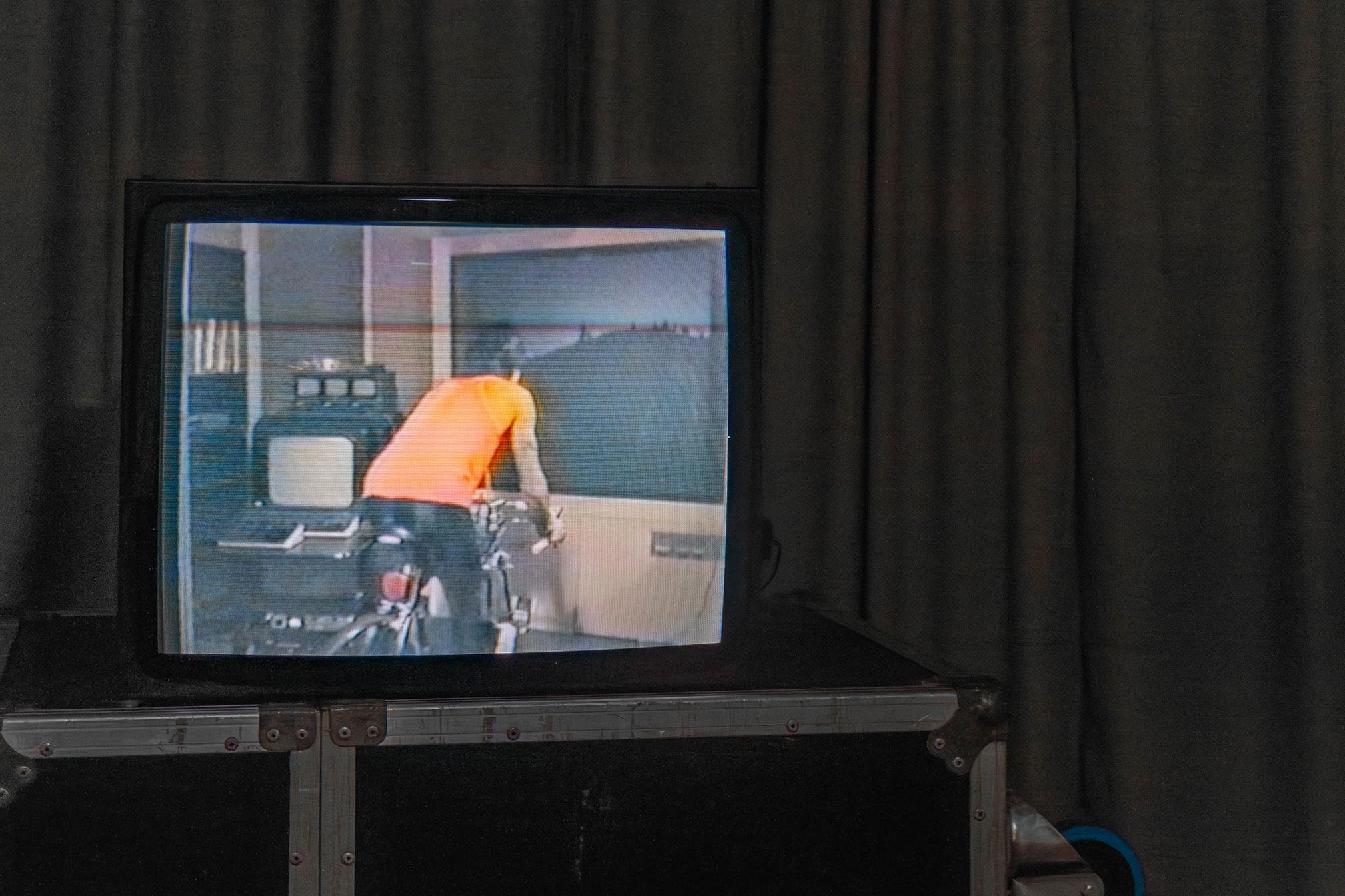


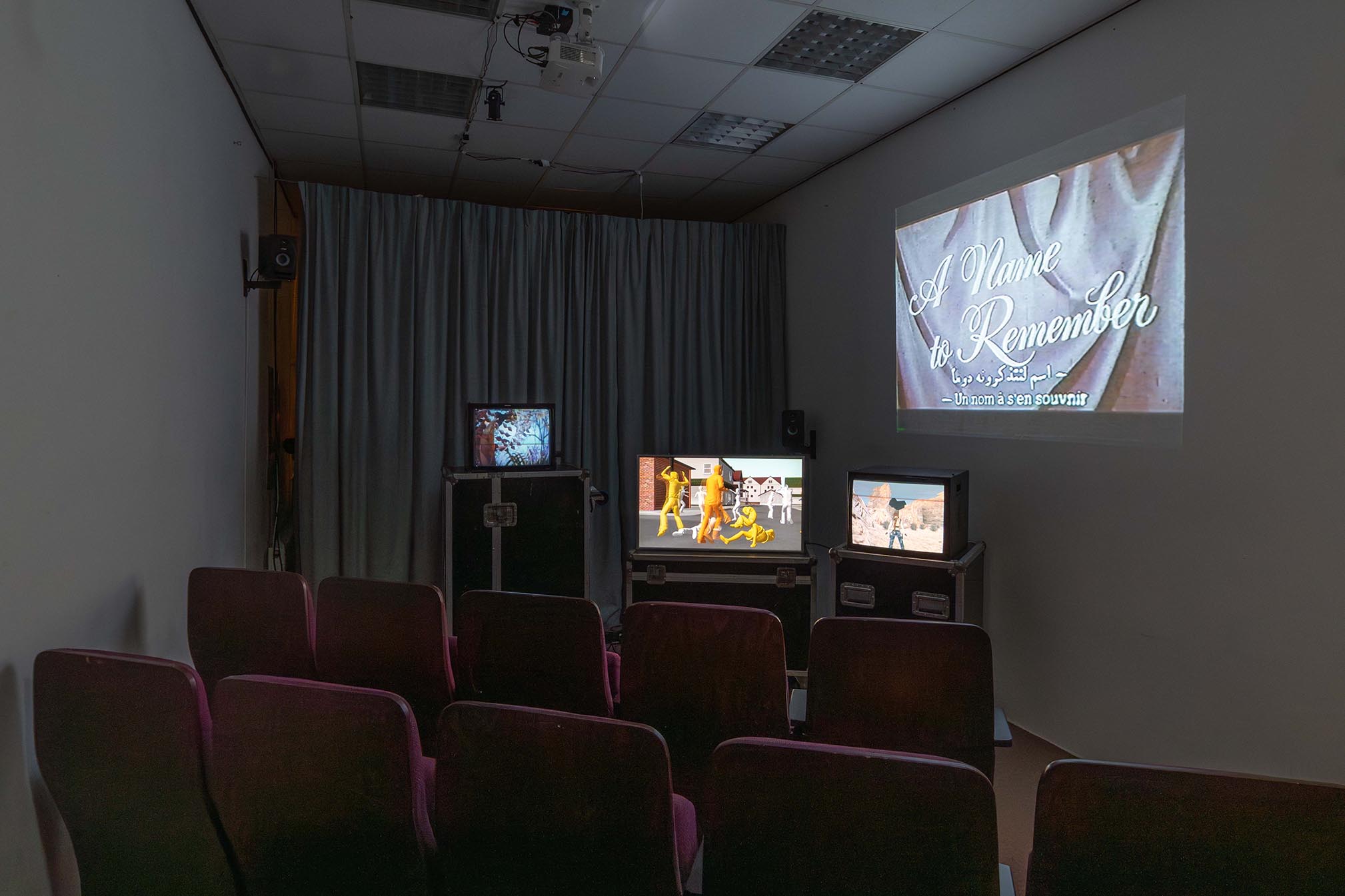


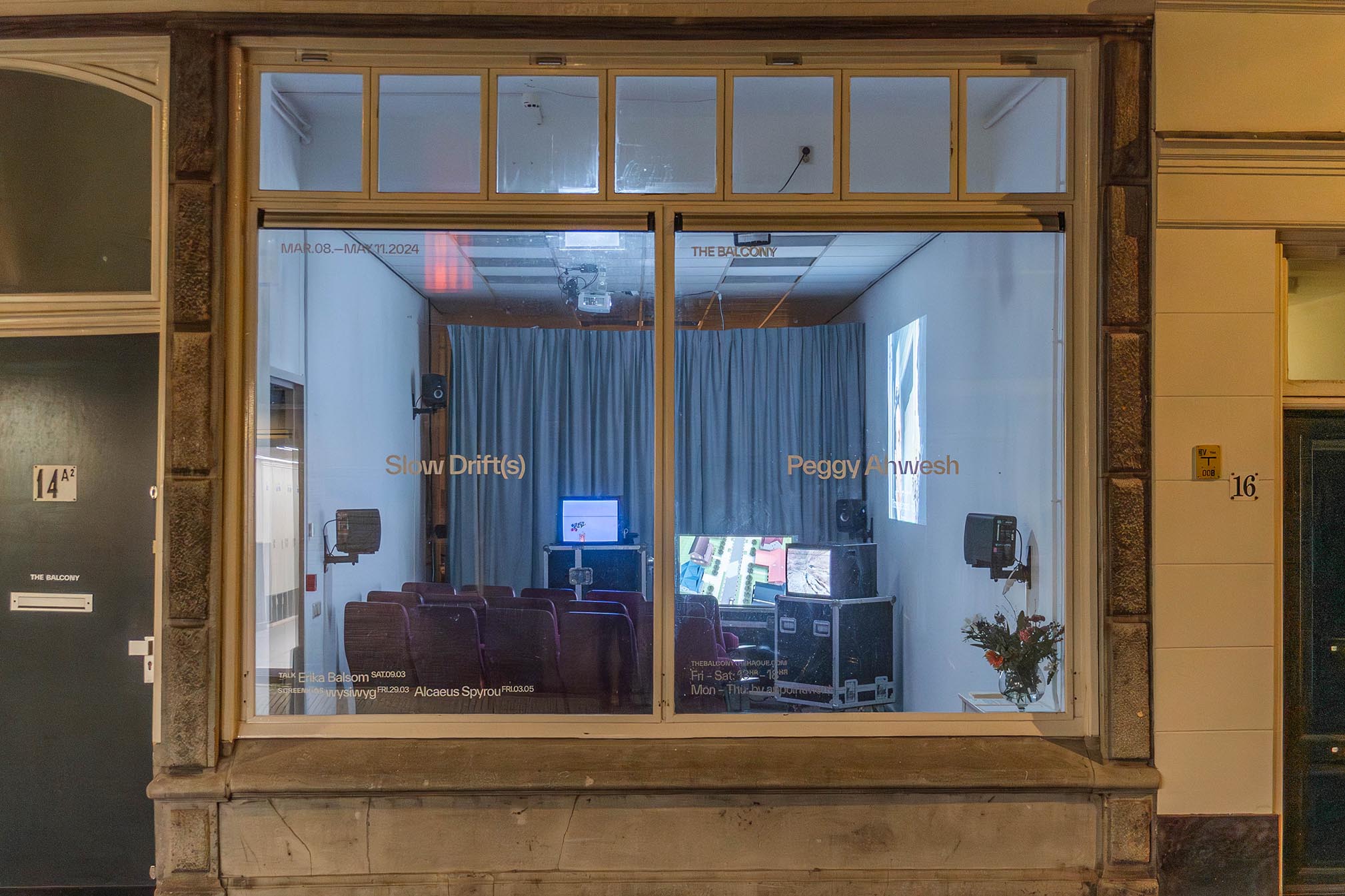
In The Third Body (2007, 8:40 min), Ahwesh intercuts scenes from an appropriated film depicting Adam and Eve's wonder upon entering the Garden of Eden with footage showcasing the early stages of virtual reality technology. This comparison sketches the parallels between the biblical story as humans’ newfound awareness of ‘sin’, and virtual reality as humans’ newfound awareness of their capacity to build worlds. The work hints additionally to the cyclical features of cultural memory – the multiple ways in which our myths come back to us.
She Puppet (2001, 15 min) is a montage of recorded gameplay inside the 1996 debut entry of the Tomb Raider video game. Ahwesh’s hijacking of the game as a representative tool turns Lara Croft’s original quest obsolete. Our heroine is deprived of her (life) purpose. This shift highlights her reality as a character left to wander in an artificial environment, alluding to the parallels between the aimless walk of the pixelated explorer and the subjective position of the alienated individual.
Beirut Outtakes (2007, 7:30 min) is a montage of film fragments retrieved from an abandoned cinema in Beirut. The visual effects of decaying cellulose are equally present in full feature films and advertisement snippets, indexing them both with the passage of time. In this way, distinctions between high and low culture are disrupted through the equalizing power of material corrosion. The figure of the Outtake (a scene sequence recorded, but not included in the final version of a film) functions then also as an allegory to the slow but unrelenting forgetting of the images we produce.
The Falling Sky (2017, 9:30 min) is a selection of footage from a YouTube animated news outlet, revamped into a montage of parading figures moving to the sound of Passacaglia for Organ and Strings, K. 11 by Ellis B. Kohs. The footage functions as a database of the present, documenting the bombarding of ‘newsworthy’ information to which we are constantly subjected. In this sense, the work is as a cautionary tale about the fragmented character of mass media, but also about the widening mismatch between human crises and natural forces — a gap that technology increasingly occupies.
ABOUT
Since March 2018 The Balcony curates exhibitions supporting the presentation of upcoming practices with a focus on alternative formats of display, keen on collaborations and cross-generational presentations. The initiative was previously hosted in the vitrine of a violin store, originally known as The Balcony (2018 – 2020), as well as the basement of a former office space, previously known as Susan Bites (2019 – 2021).
In 2021 the initiative relocated to a permanent location in the city centre at Nieuwe Molstraat 14-A2, hosting an exhibition space and artist studios. Starting from September 2023 The Balcony is curated by Arthur Cordier (b.1993. BE), Valentino Russo (b.1994. IT) as well as Abril Cisneros Ramirez (b. 2001. MX), Marica Kolcheva (b.1986. BG) and Ariane Toussaint (b.1996. FR), who recently joined the team to expand the curatorial and public program. The team warmly thanks the artists for making this exhibition possible, Stefan Bandalac (SBAE) for the technical partnership and graphic designers Pavlo Radich and Julia Waraksa from STAATSDUET. Members of the initiative support the programme on a project and often on a voluntary basis, your support is appreciated.
